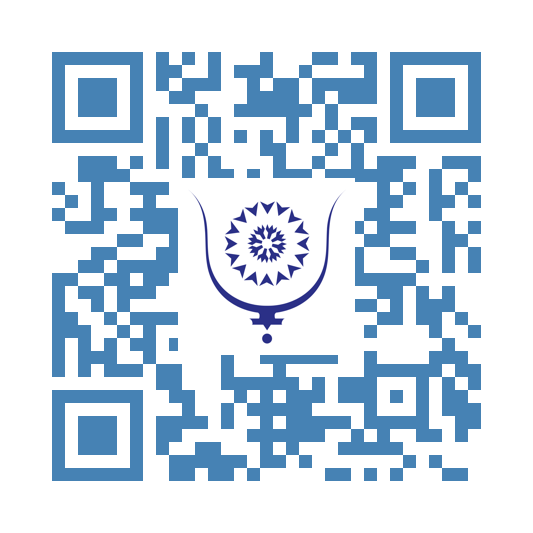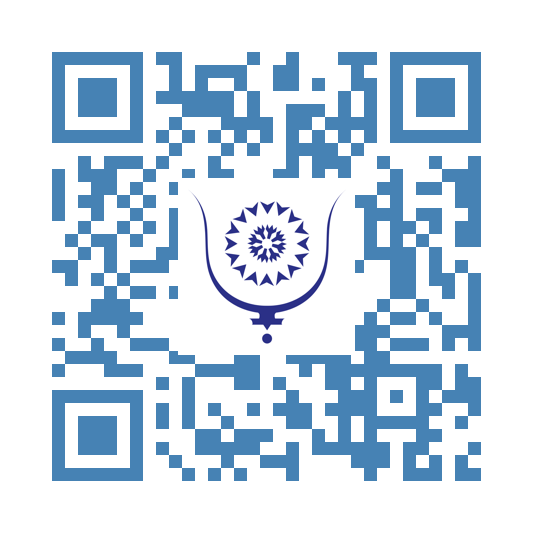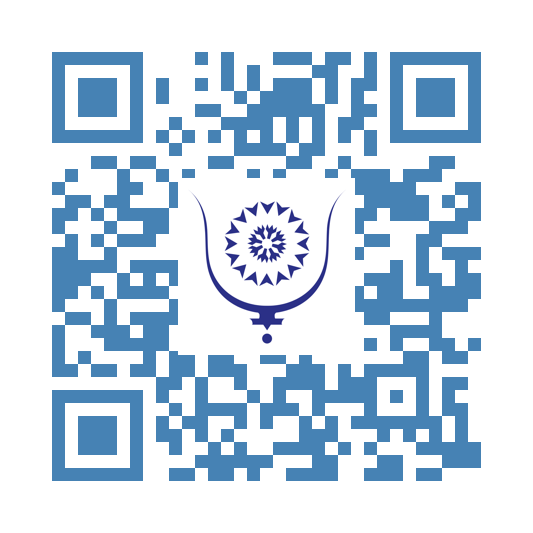Et si le Maroc retrouvait un peu d'authenticité... 1361
En février 2016, le chef du gouvernement marocain d’alors, présidait une commission consacrée à l'artisanat. J’aime bien appeler ce secteur « industrie marocaine » . La taille de cette activité en fait une véritable industrie ; le terme artisanat la cantonne dans l’exotisme et la marginalité. C'est là un autre indice de l’épistémicide subit par notre culture , notre histoire et notre patrimoine .
Le but affiché lors de la réunion à laquelle j’ai fait référence plus haut, était de relancer cette importante activité sociale, économique et culturelle.
Véritable richesse du pays.
Officiellement, dans un avenir alors projeté proche, il était question de générer 115.000 emplois additionnels, d'atteindre 60.000 lauréats de la formation professionnelle et de créer entre 15.000 et 17.000 entreprises.
Ceci devait se traduire par une augmentation des exportations et un PIB de 4 milliards de dirhams.
C’était il y a 7 ans.
Depuis qu’en est-il réellement ?
Passons sur les proportions et les chiffres jamais atteints et disons que depuis, la précarité du secteur s’est davantage confirmée, que de nombreux métiers sont encore plus que jamais menacés et que bien des emplois ont été détruits.
Aujourd’hui l’espoir est grand que parmi le dispositif pour éponger les conséquences de la crise Covid19, et avec l’avènement d’un nouveau modèle économique, soient prises des mesures intelligentes et lancées des actions encourageantes en faveur de ce secteur vital pour une économie sociale nationale florissante.
Le secteur a toujours été laissé pour compte dans une inadéquation totale entre le discours et les faits. On ne s’en soucie guère en fait ; peut-être parce qu’il nous a habitué à se débrouiller seul, à se réinventer de lui-même.
Le moment n'est il pas venu pour couper court à la folklorisation de cette activité économique et de mettre fin au dénie dont elle souffre ; d’en redéfinir le contour et de l’inscrire parmi les activités industrielles.
Le secteur n’est pris en compte que pour produire en direction des touristes et de l'étranger; combien même l'essentiel de la consommation des produits est assuré en interne et que pas un foyer n’en manque.
Le secteur ne bénéficie que d’une attention mineure pour n’avoir été placé que sous la tutelle d’administrations mineures, alors qu’il concerne en fait les départements de l'intérieur, de l’éducation nationale, de l'industrie, celui chargé de l'urbanisme, celui de la culture, les régions, l'ordre des architectes, les chambres et autres.
Ne faut il pas envisager ici une loi incitative, pour justement booster ce pan important de l'économie de manière forte et durable, concrétisant ainsi un véritable engagement volontariste de l'état.
La beauté des arts marocains devrait être mise en valeur dans les manuels scolaires et enseignée parmi les arts fondateurs de notre nation millénaires.
Au lieu de ne réfléchir qu'en terme d'exotisme et de tourisme, on pourrait dans cette loi, imposer que tout bâtiment public, tout grand projet, toute construction, puisse comporter obligatoirement des rappels et des touches de notre culture et de notre artisanat : zellige, stuc, pierre, des tuiles et j'en passe.
Notre architecture et l’esthétique de nos bâtiments et villes y gagneraient énormément.
Dans nos hôtels, nos administrations, nos hôpitaux, on retrouverait obligatoirement, selon cette loi, des produits marocains, des plafonds, des chaises, des tables, des couvertures, des draperies.
Dans nos administrations, nos entreprises et nos universités, nos bureaux à l'esthétique pauvre, mal inspirée, seraient ornés par de belles tables de chez nous, sculptées, gravés ou peintes avec du tawrik et autres motifs. Les salons seraient marocains avec lkhdadi et lhifate. Les marbres, zellij et pierres reprendraient leur place dans le revêtement des sols.
Dans nos écoles, nos lycées et universités, tables, chaises et tableaux ne ressembleraient plus à ceux de Chine ou de France, mais auraient obligatoirement une touche bien marghribia. Cela éduquerait le goût de nos enfants et développerait leur sentiment d'appartenance.
Imaginons l'effet qu'aurait de belles portes ressemblant à bab Boujloud, bab Mansour Laalej ou bab Doukkala, pour nos administrations, édifices publics.
Imaginons les portes dans les stades qui abriteront les rencontres de la Coupe du Monde 2030, porter les noms de célèbres portes du pays. Nos stades n’en seraient que plus beaux et nos grandes institutions plus accueillantes.
Pensons un instant à la beauté des portes de nos maisons, reprenant les designs et motifs des portes d’entrée des maisons des anciennes médinas. Imaginons nos gars et aéroports ainsi.
La richesse de notre patrimoine, avec nos bronzes, notre tadelakt, nos tuiles, nos couleurs, la finesse et le doigté de nos artisans sont uniques et s’adaptent sans complexe à la modernité tout en assurant un bien-être et la personnalité puissante du pays.
Imaginons les draps, les oreillers, les coussins dans nos hôtels, brodés par nos petites mains, qui avec du terz R'bati, qui avec du terz fassi, d’Azemour ou de Meknès.
Imaginons que disparaissent de nos bureaux et de nos couloirs ces tapis insipides et moches au profit de hssira, de hanbal et de zerbia de Taznakht, de l’Atlas, de Chichaoua ou de Rabat.
Imaginons le mobilier urbain de nos villes, nos feux rouges, nos lampadaires, nos balcons avec un cachet bien de chez nous : du fer forgé, du bronze coulé ou gravé et je ne sais quels autres matériaux travaillés par nos artisans, emprunts de leur génie.
Imaginons l'impact sur l'esthétique de nos villes, nos rues et nos ruelles.
Là, ce ne serait plus que quelques milliers d'emplois ou quelques centaines d'entreprises de crées, mais bien de milliards d'heures de travail qu'on assurerait à des milliers d'entreprises à des centaines de milliers de nos compatriotes.
L’initiative favoriserait une demande pérenne et la réduction drastique de nos importations avec un effet notoire sur notre balance de paiement.
Beaucoup, beaucoup de femmes et d'hommes tourneraient alors à jamais dos à la précarité et participeraient activement à l’enrichissement du pays, par un développement durable et solidement ancré. Le premier client de leur labeur serait national et certain, car garantie par la loi.
Ce serait aussi la meilleure promotion que l'on puisse faire du pays, de sa culture, de son artisanat et de son patrimoine unique.
La chance et que tous nos métiers et arts ancestraux se conjuguent parfaitement avec l'architecture et la décoration moderne et avec des usages pratiques.
C'est un atout fantastique.
Au fait qu'ont fait les architectes étrangers à leur arrivée massive au Maroc au début du siècle passé, sinon marier l'artisanat et les métiers marocains à l'architecture moderne...cela s'appelle l'art déco.
Le centre de Casablanca en reste un fleuron mondial...aspect plus que menacé de nos jours, hélas.
Ce serait enfin le meilleur legs que l’on ferait à notre descendance…
Aziz Daouda




